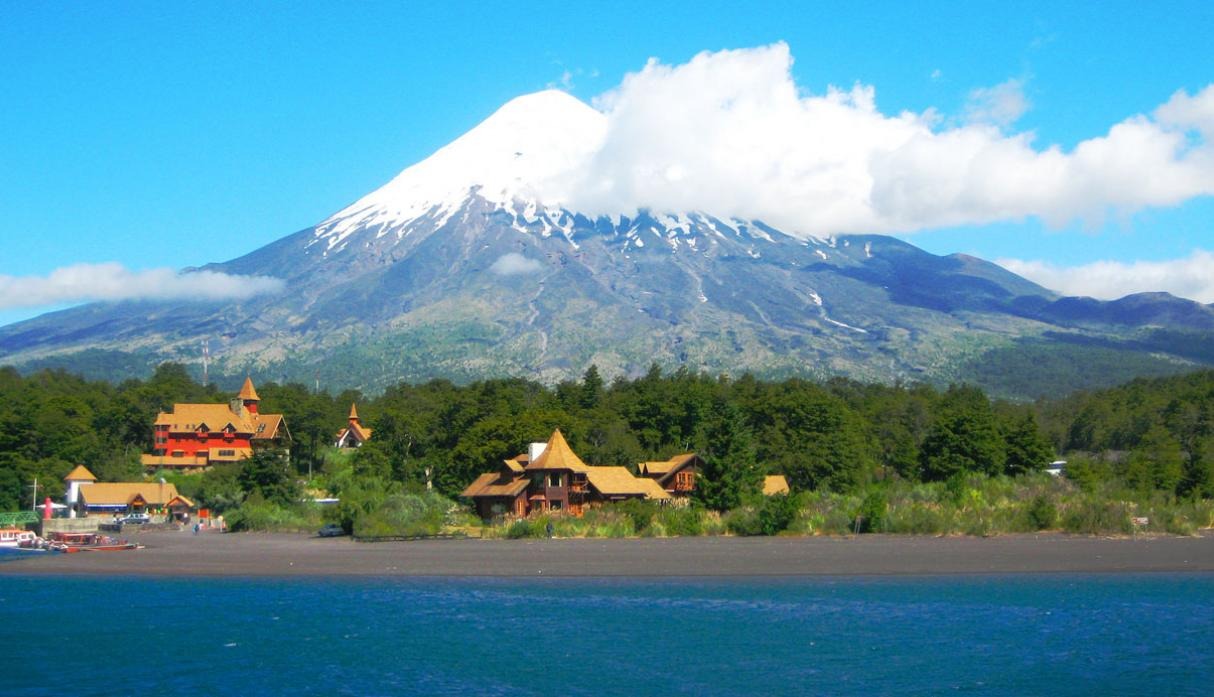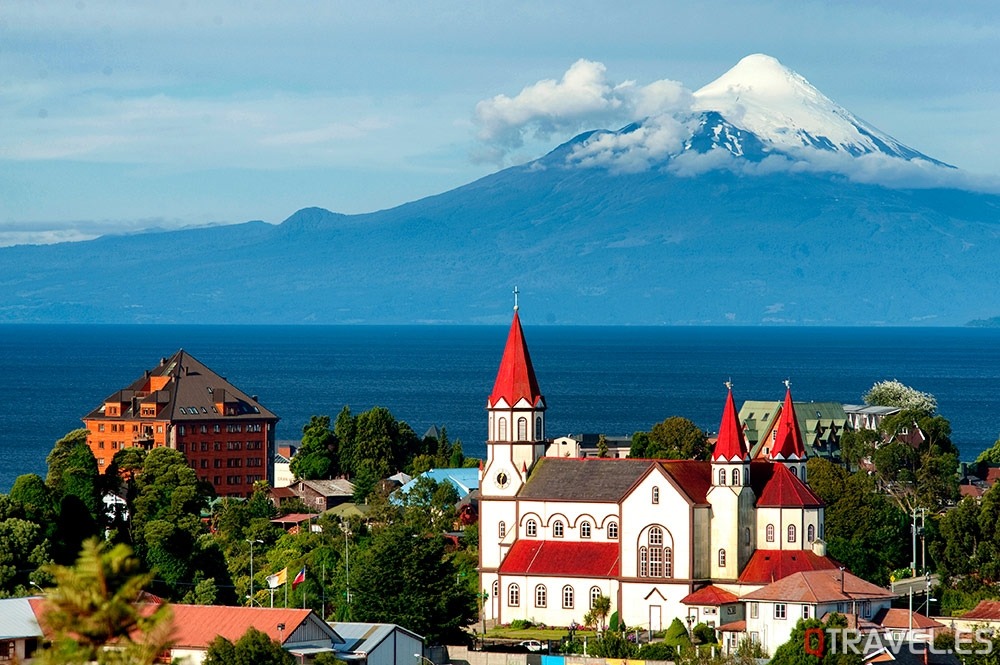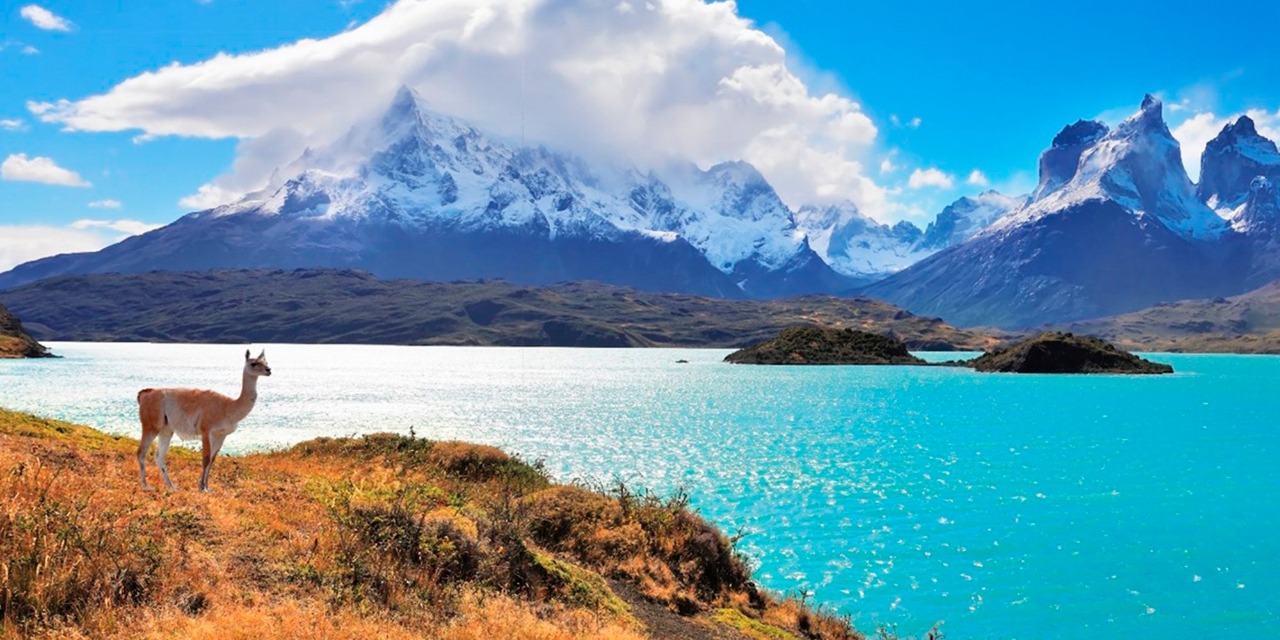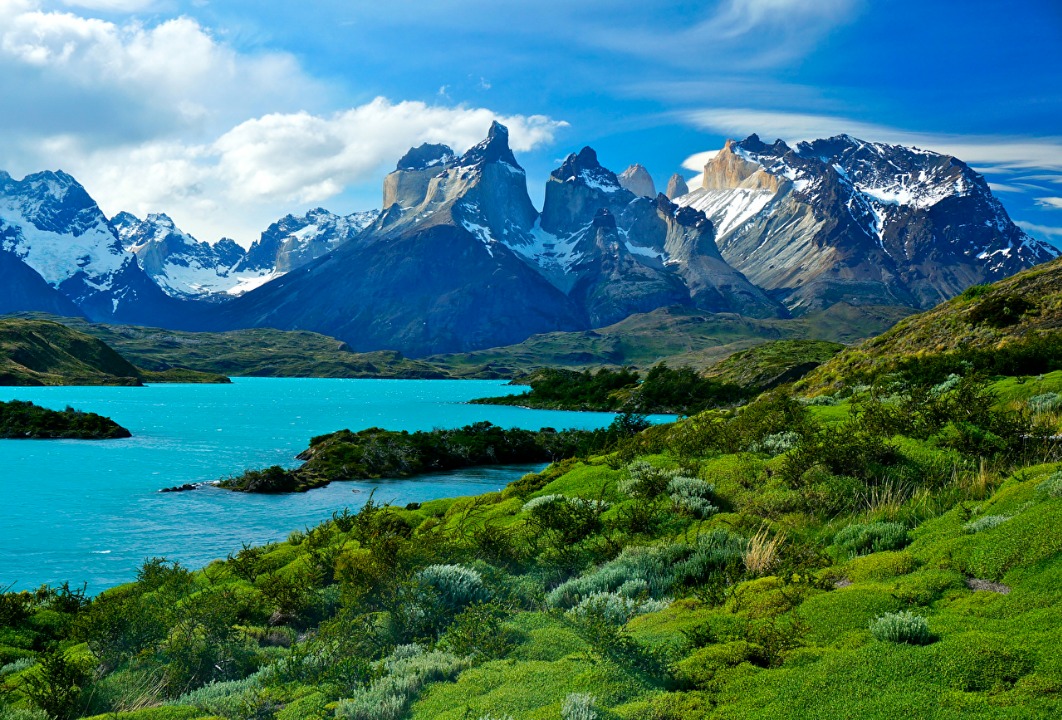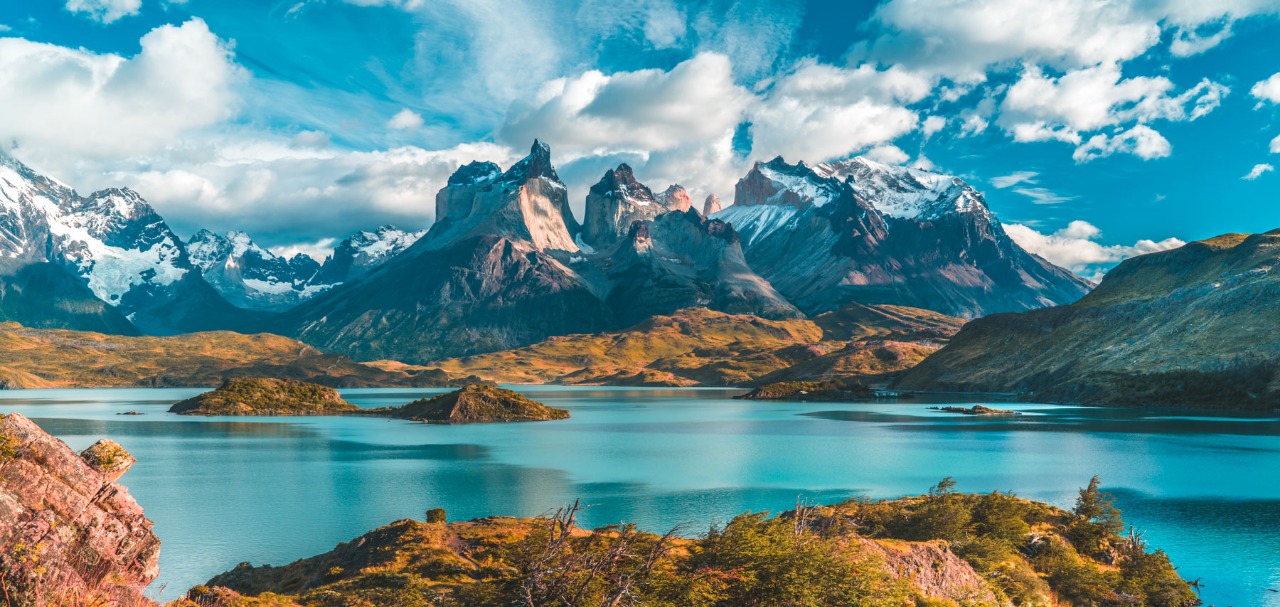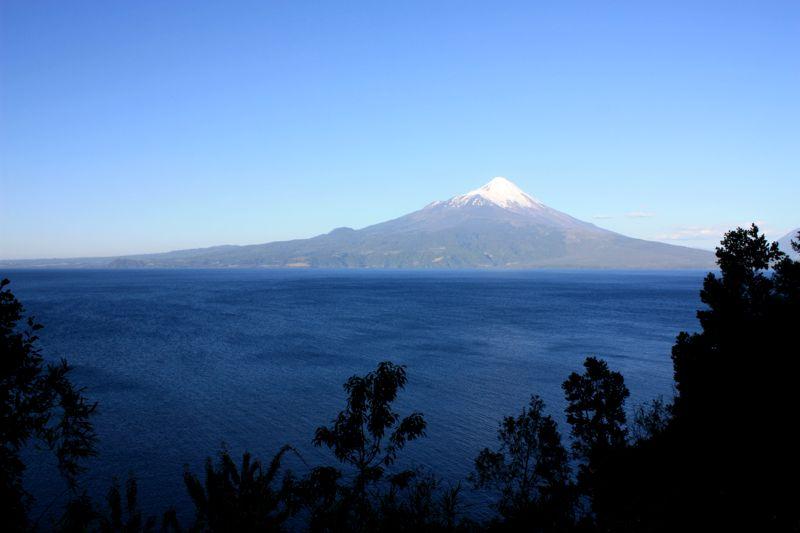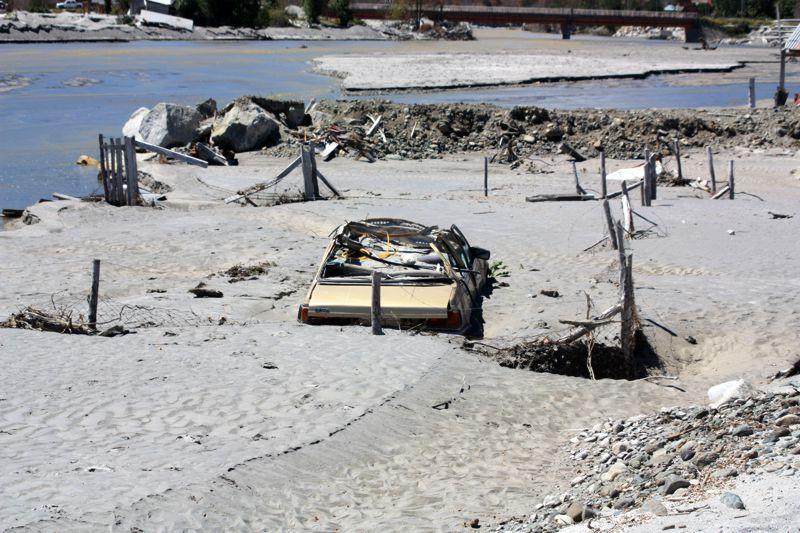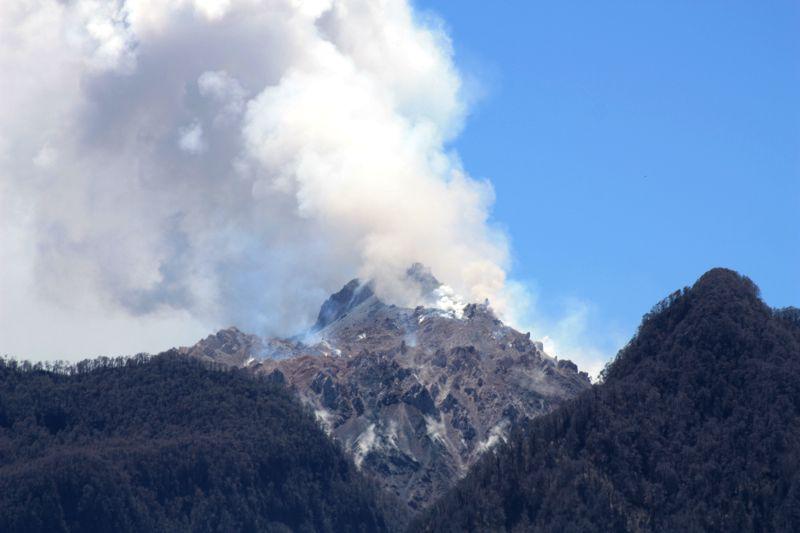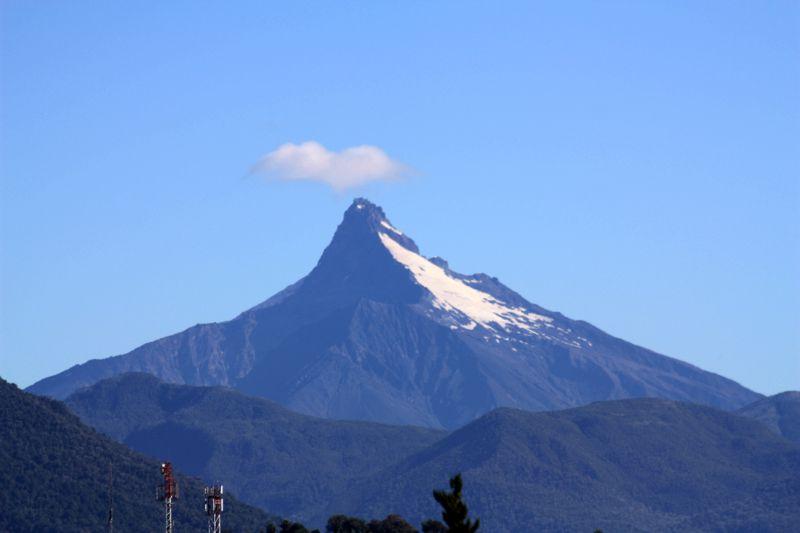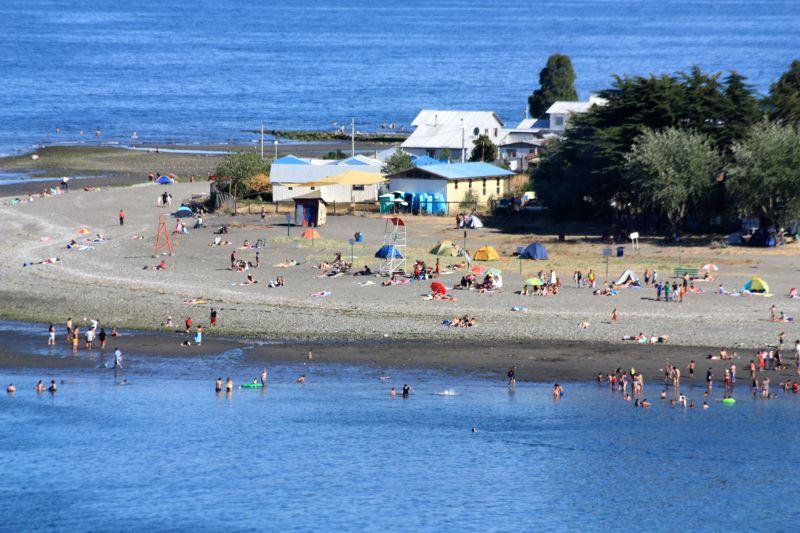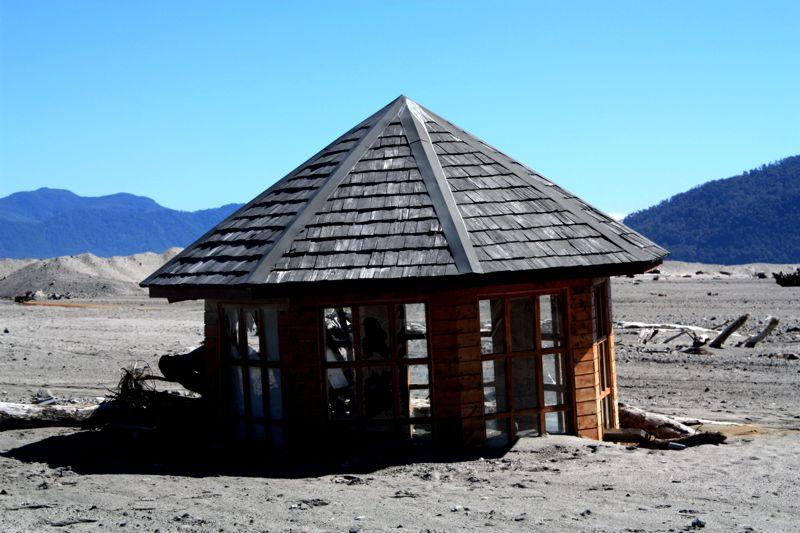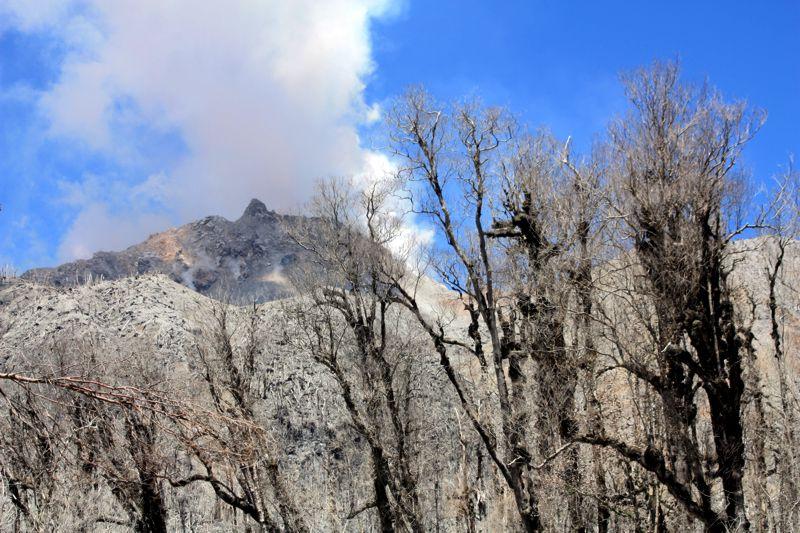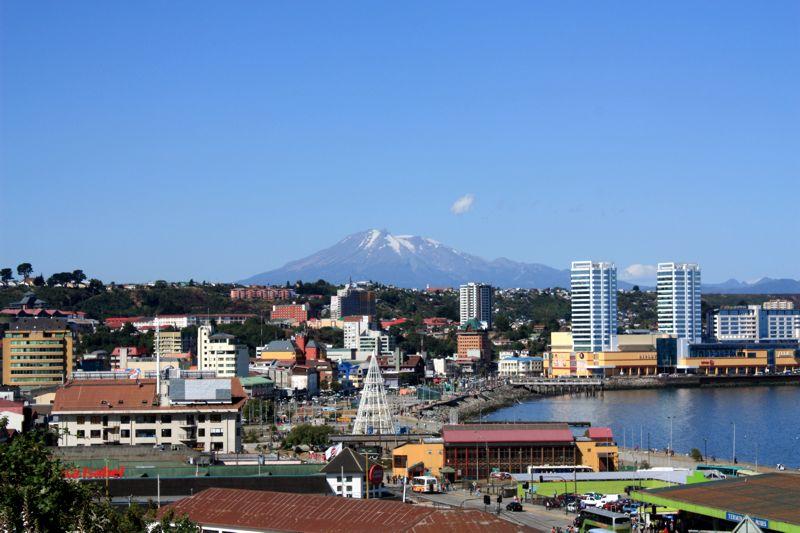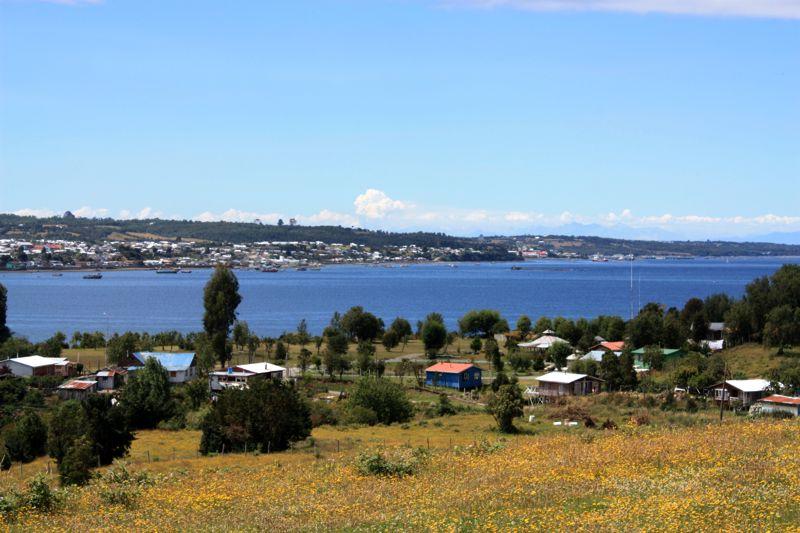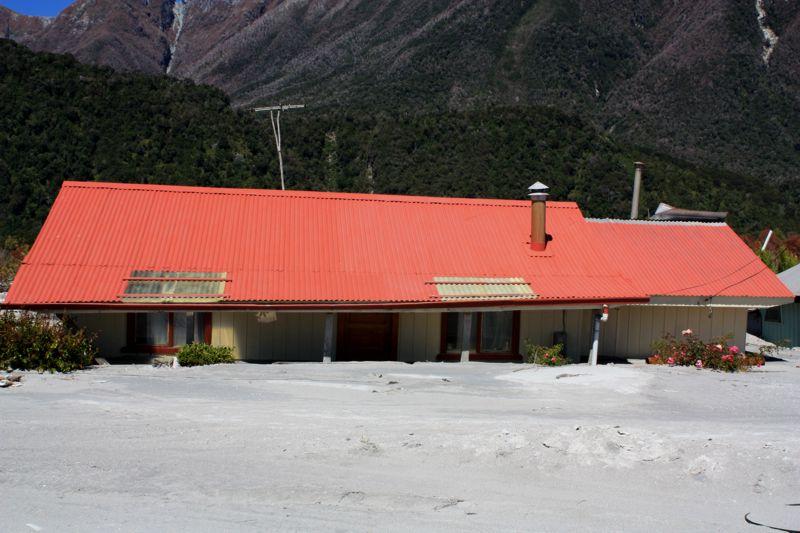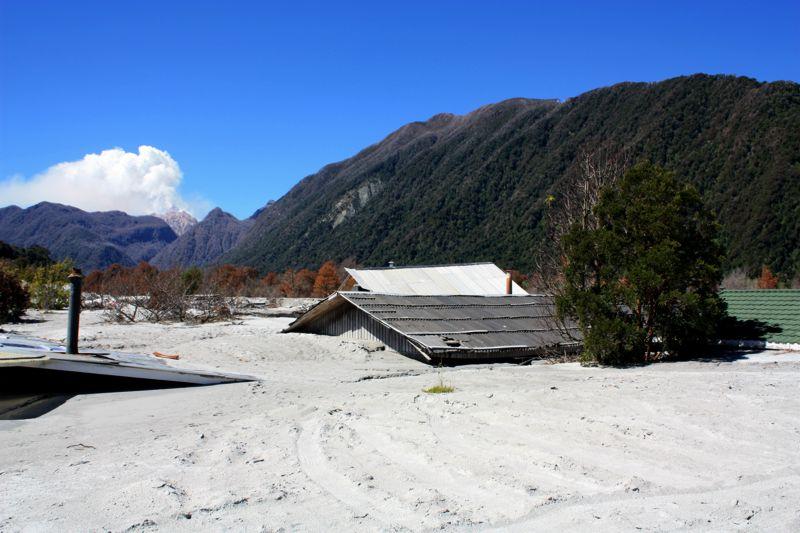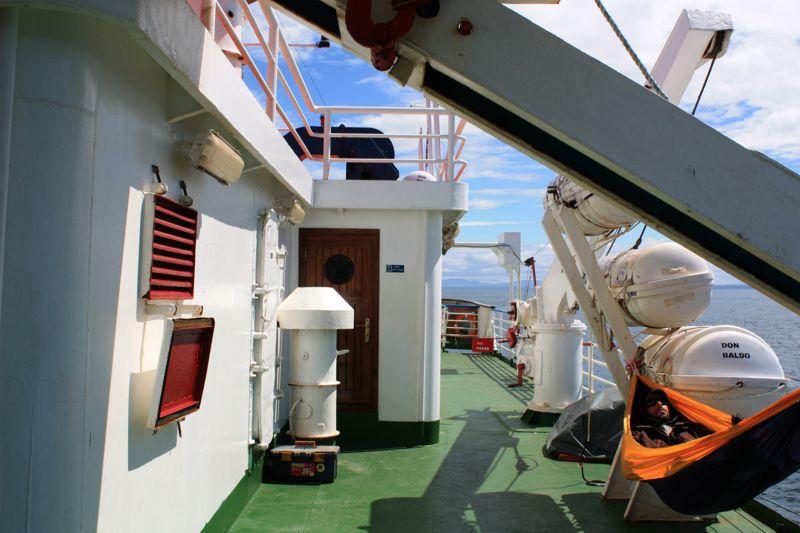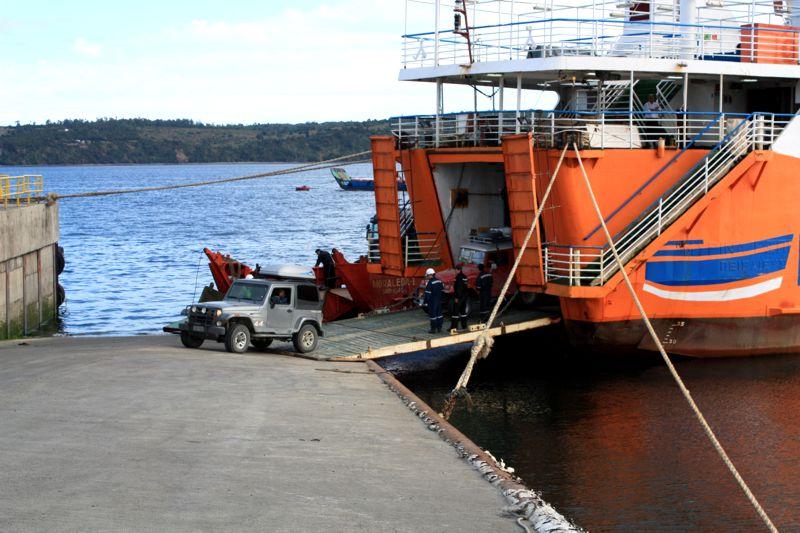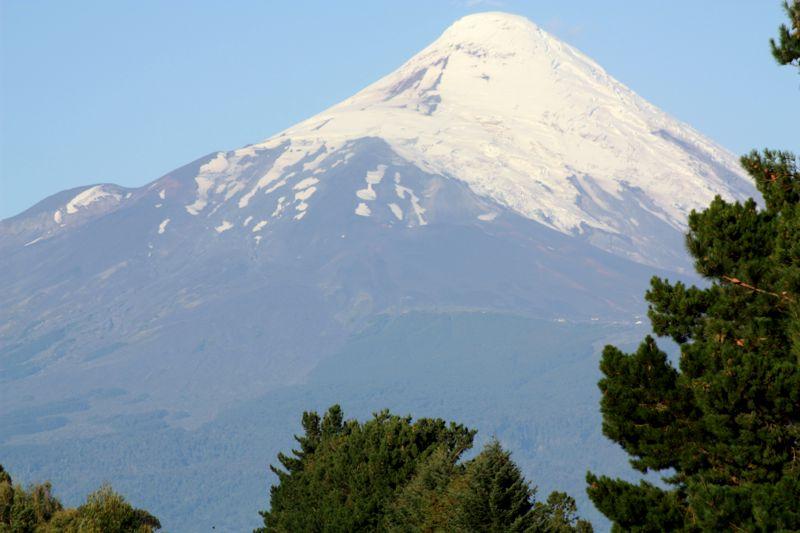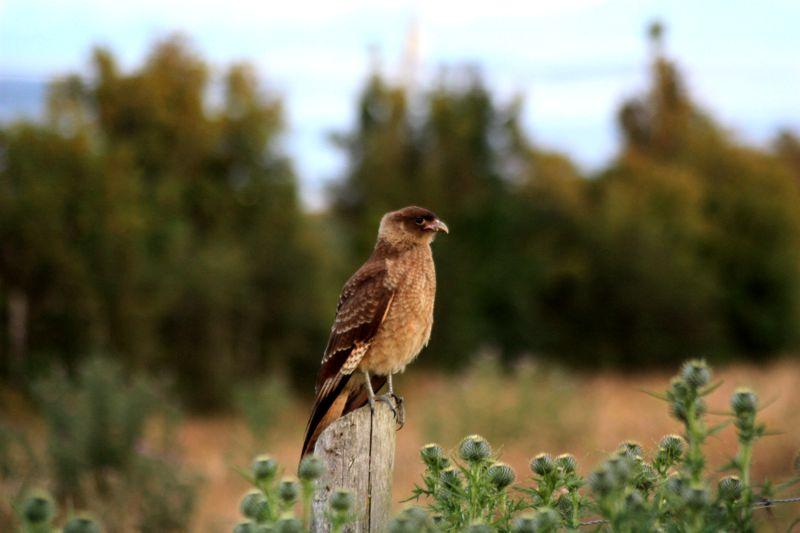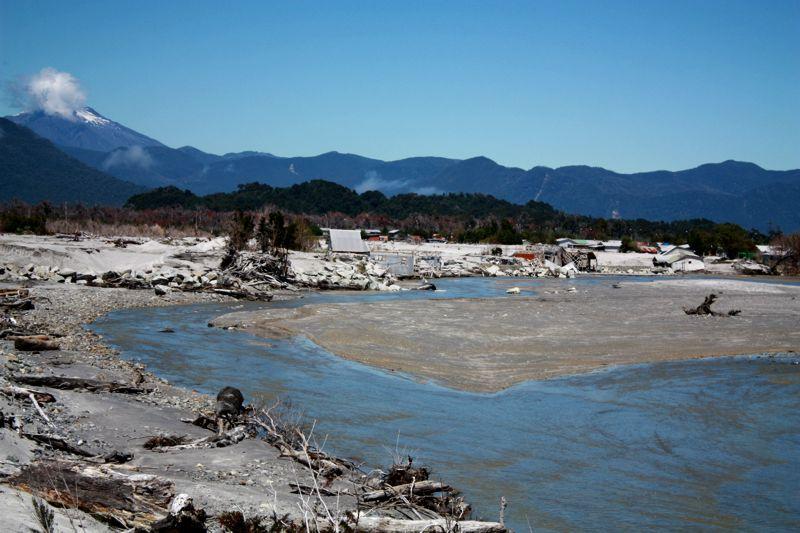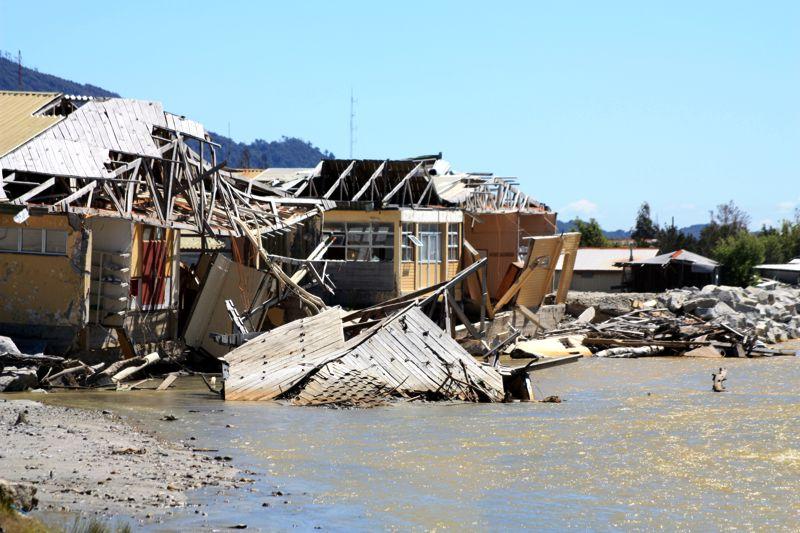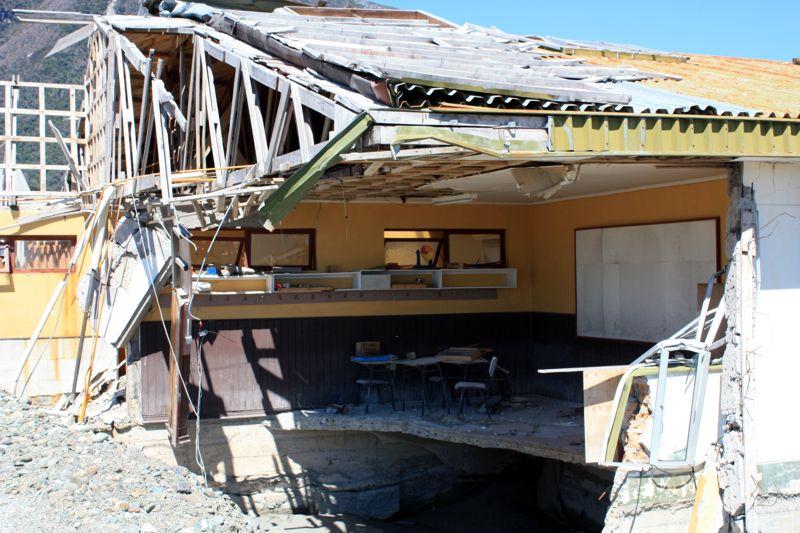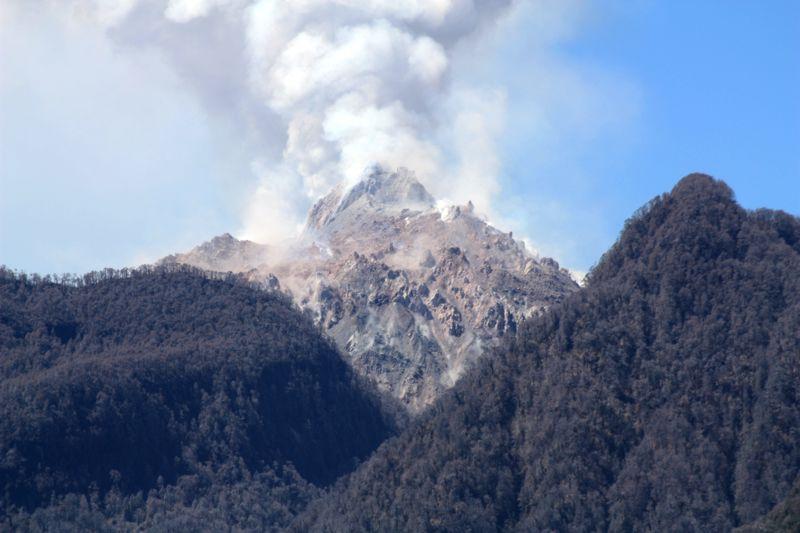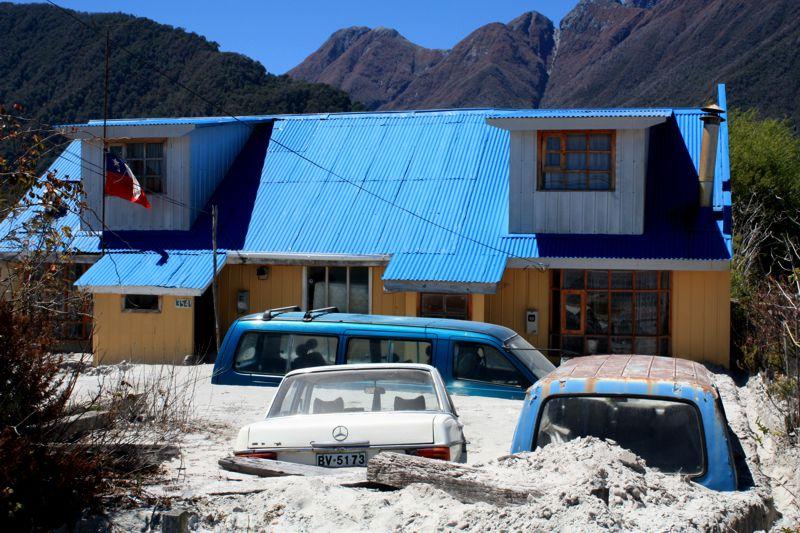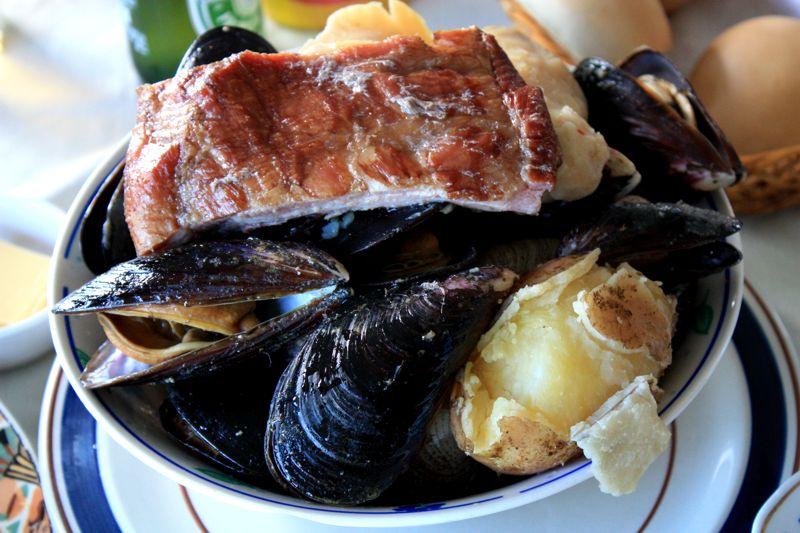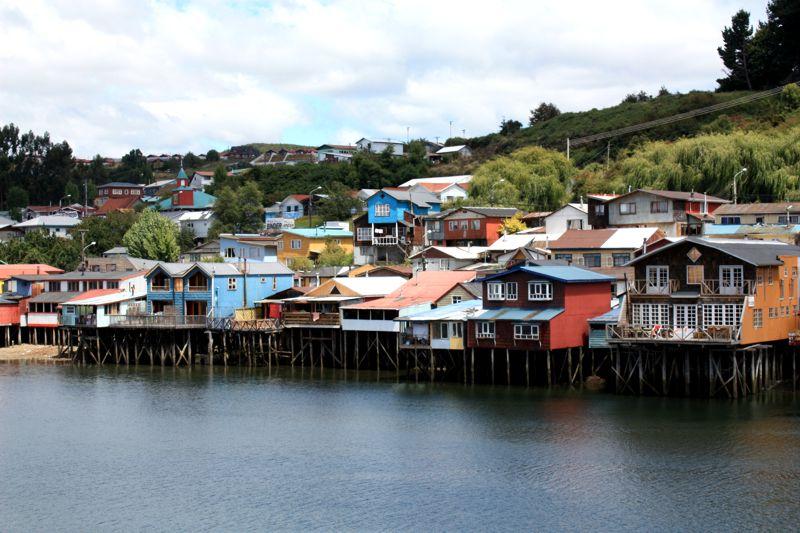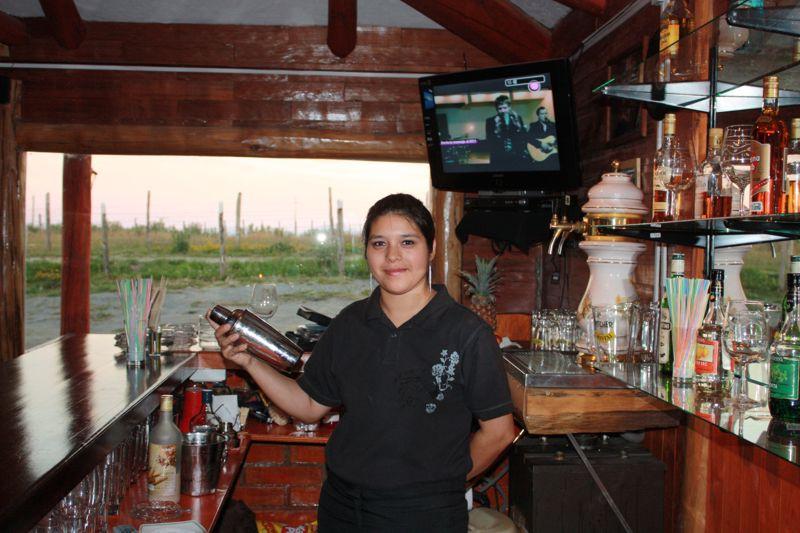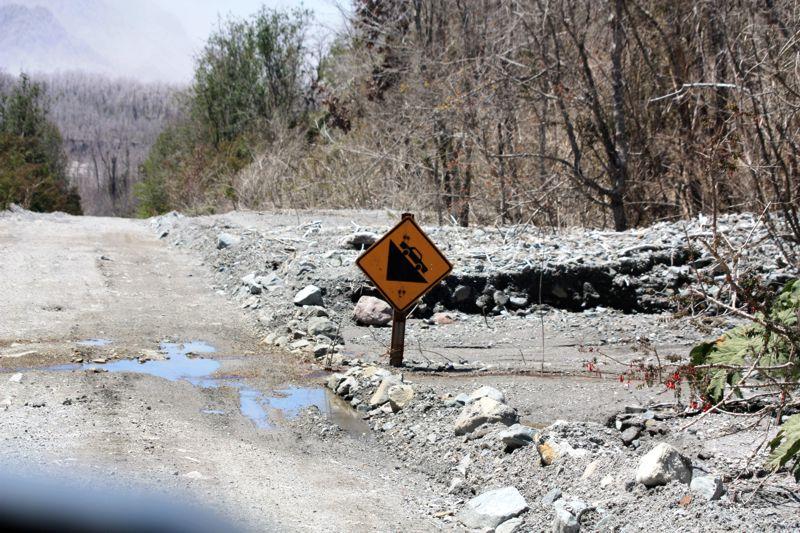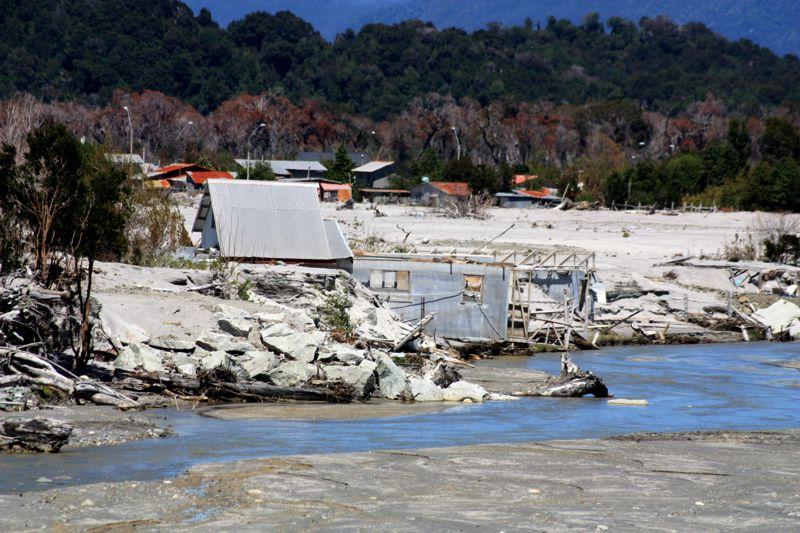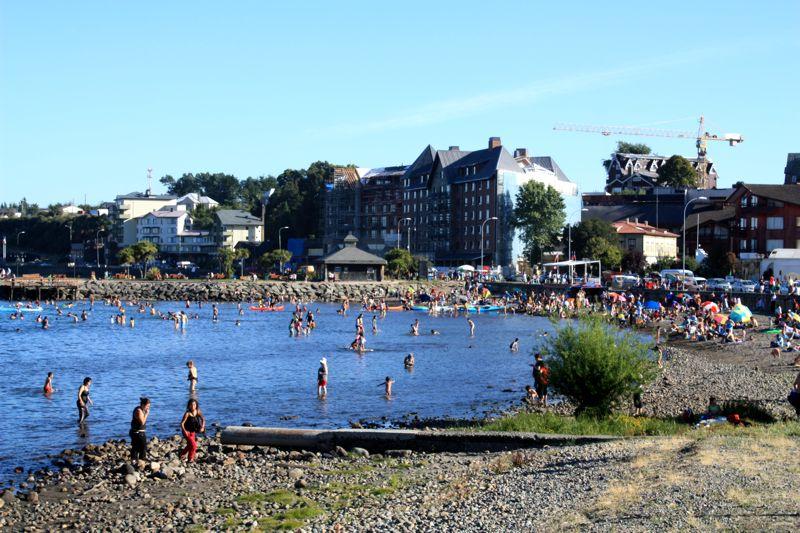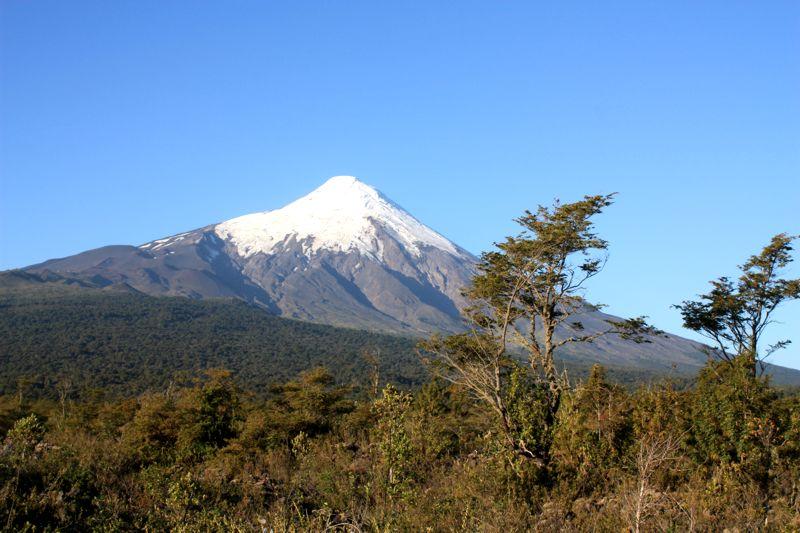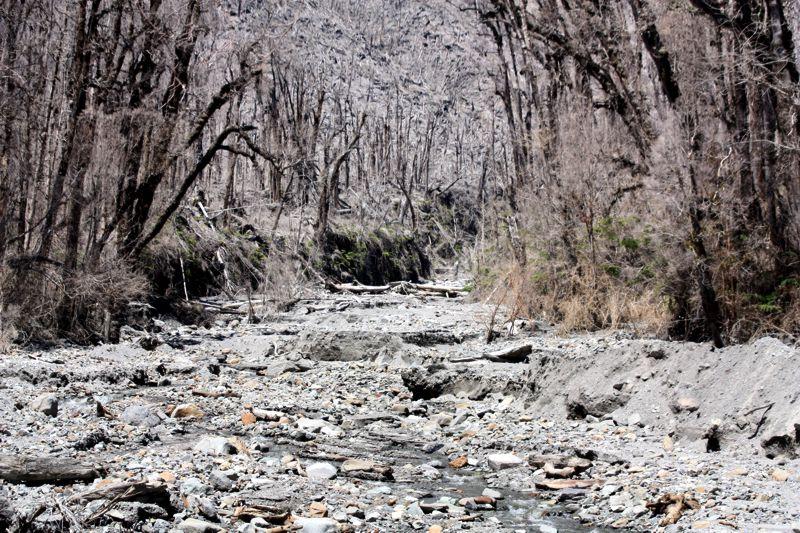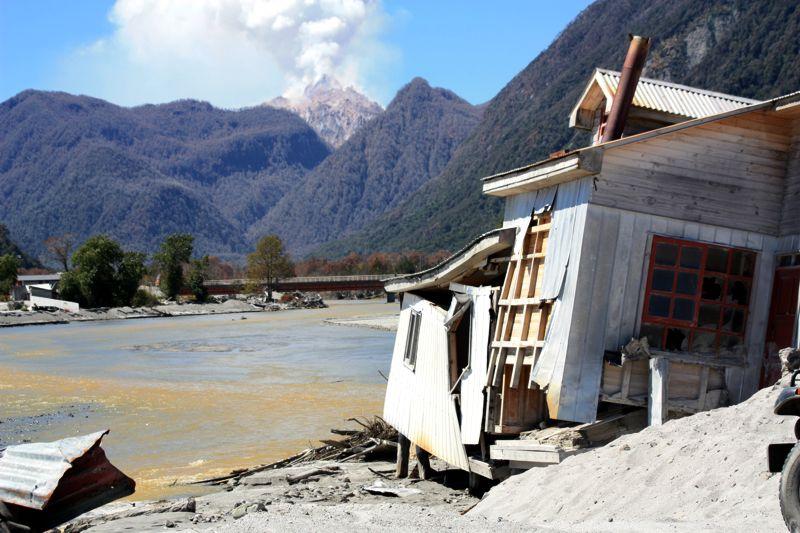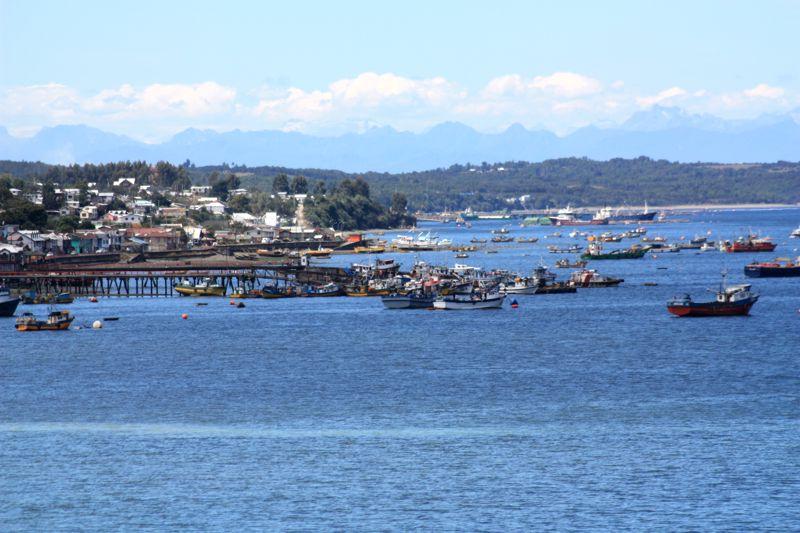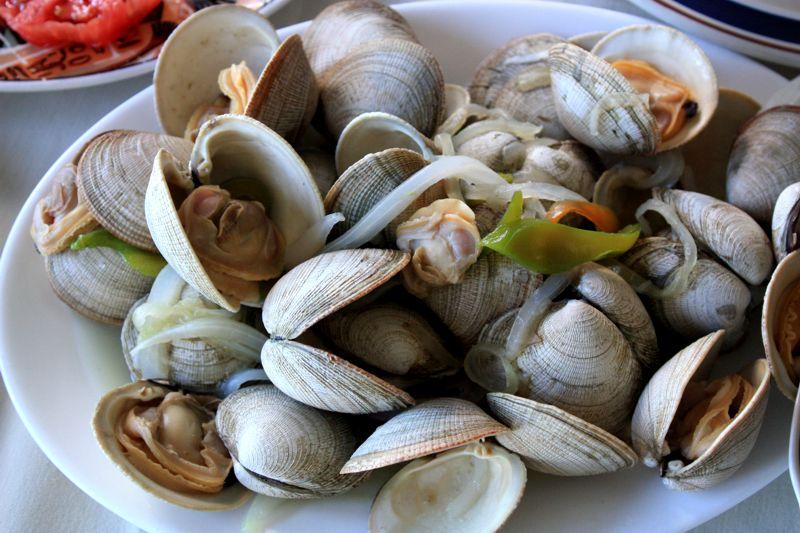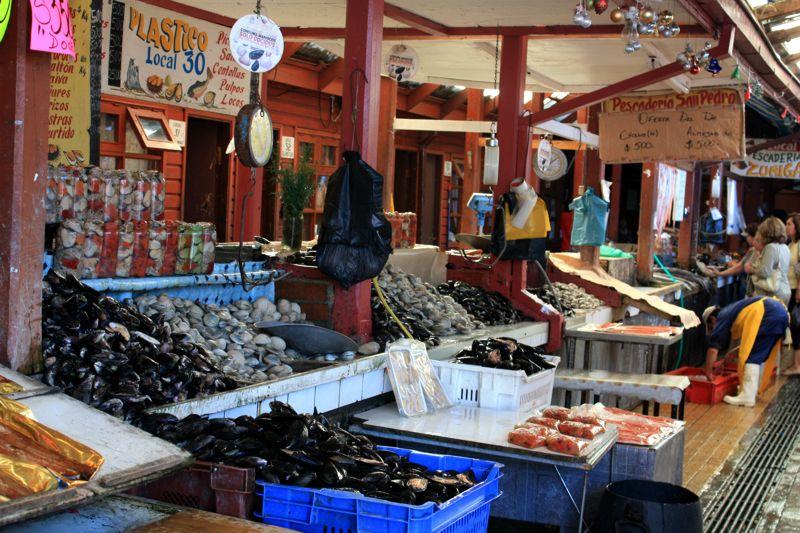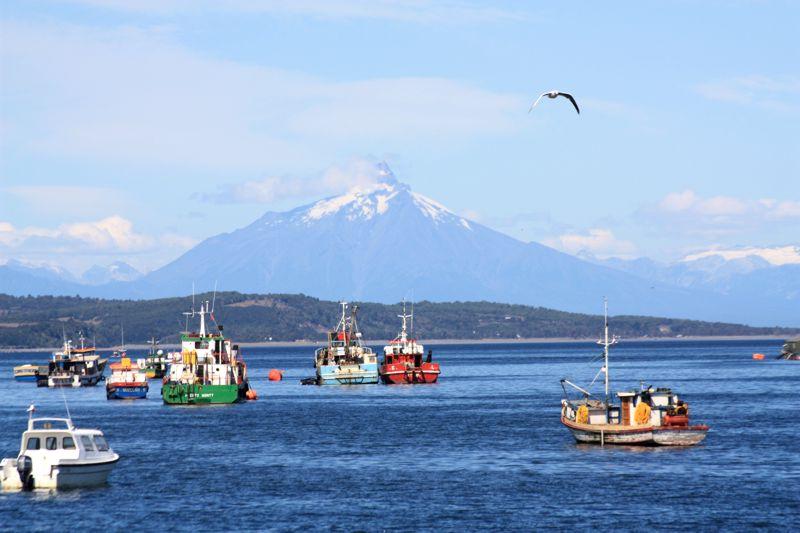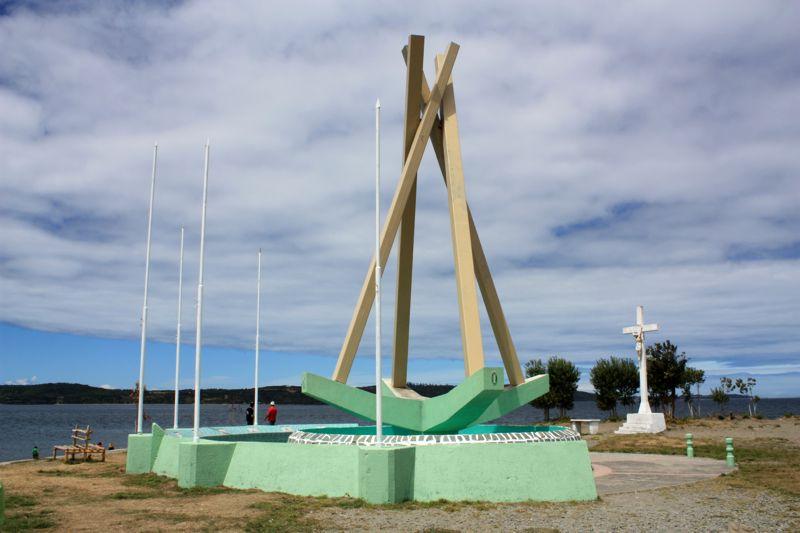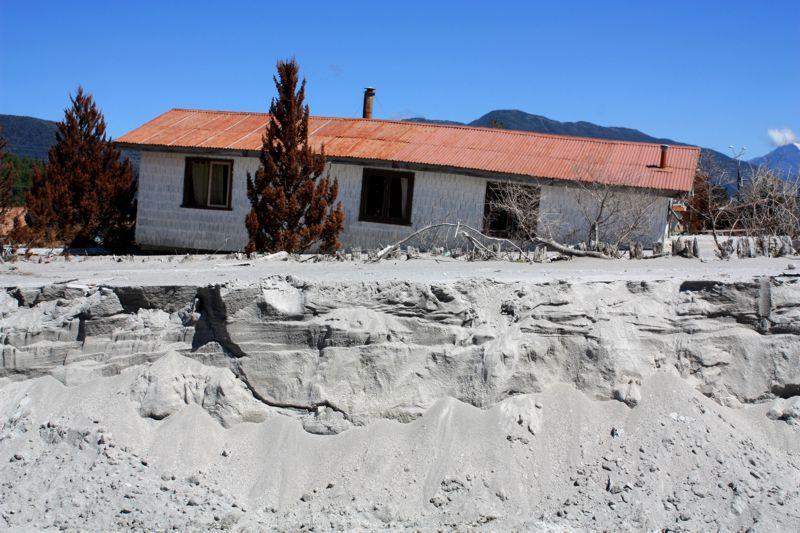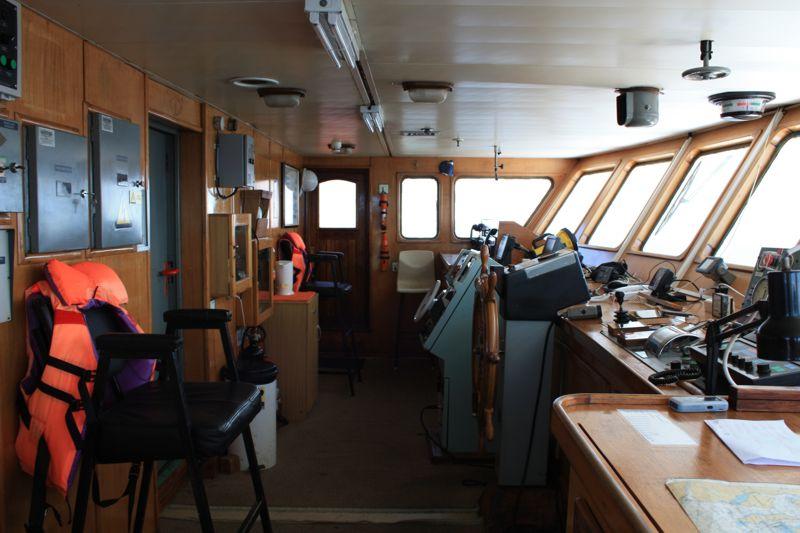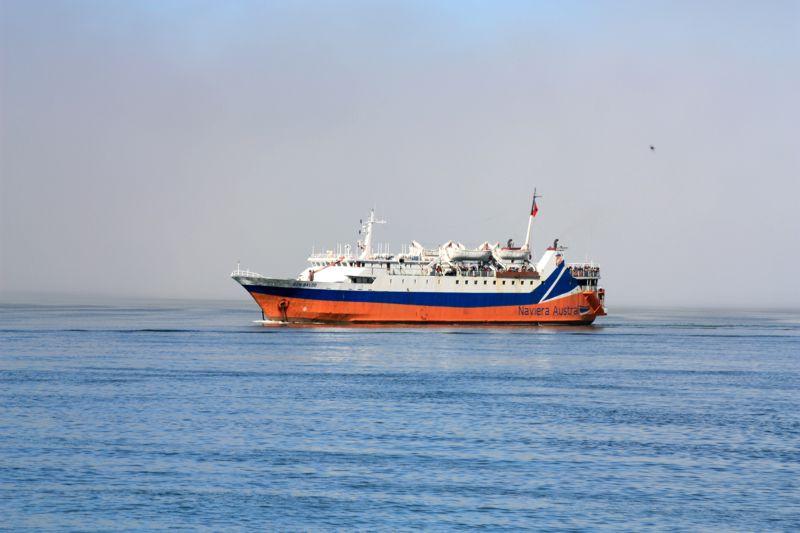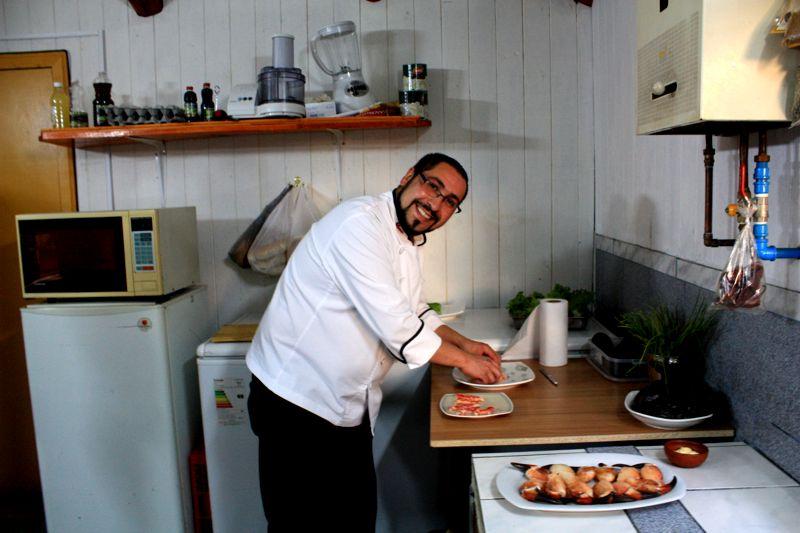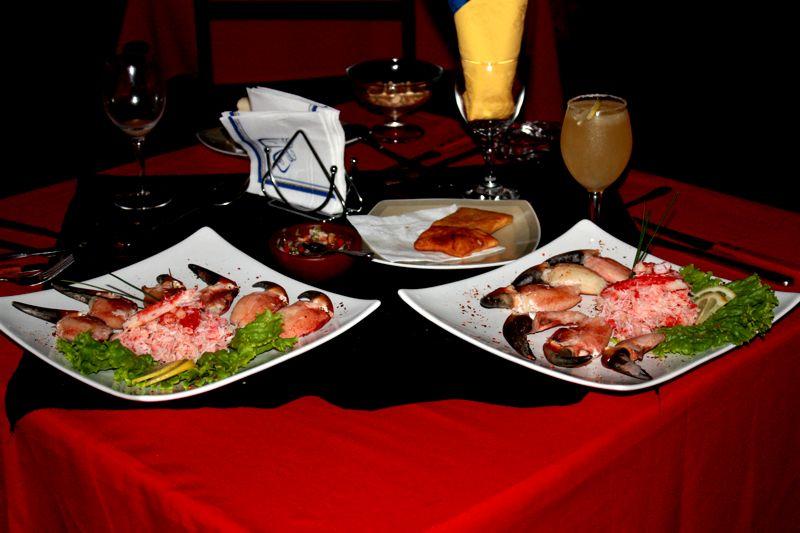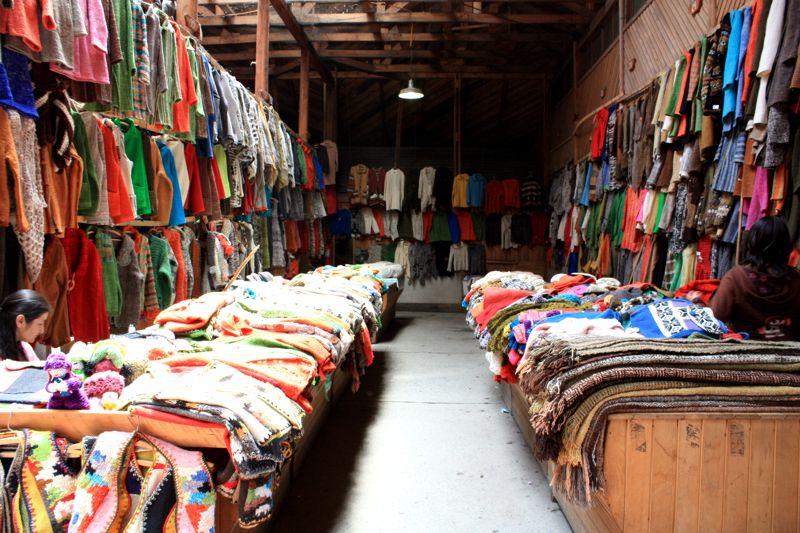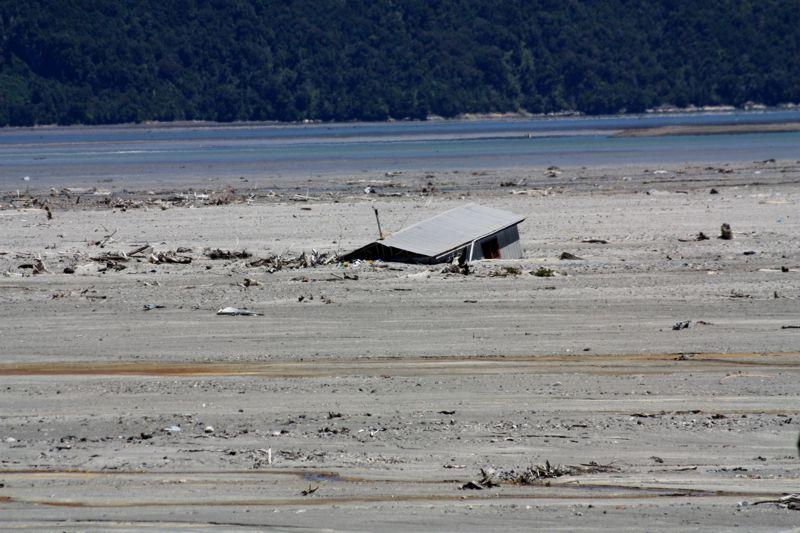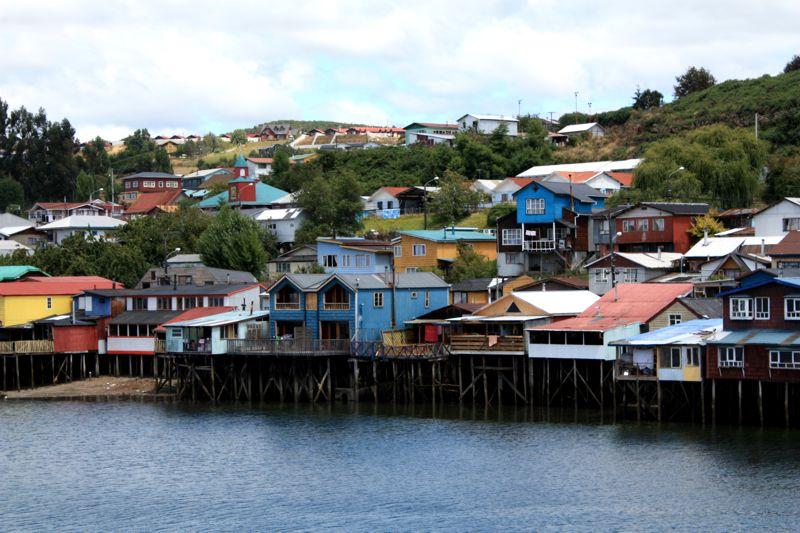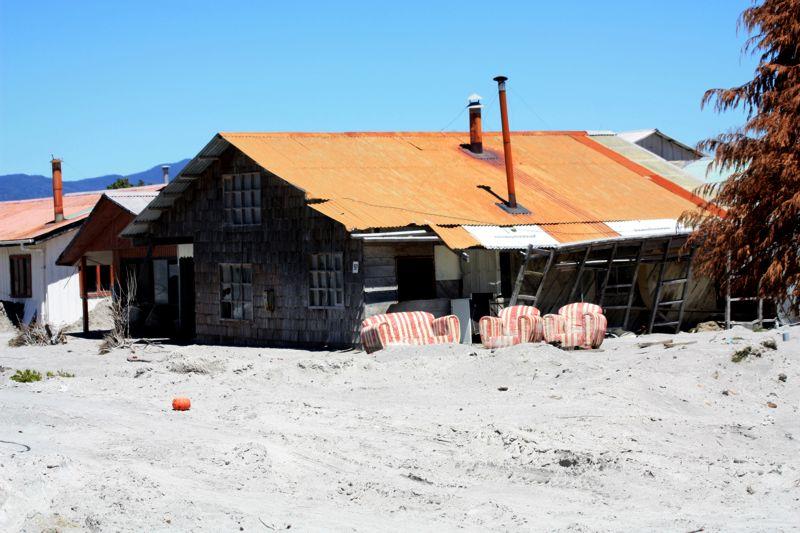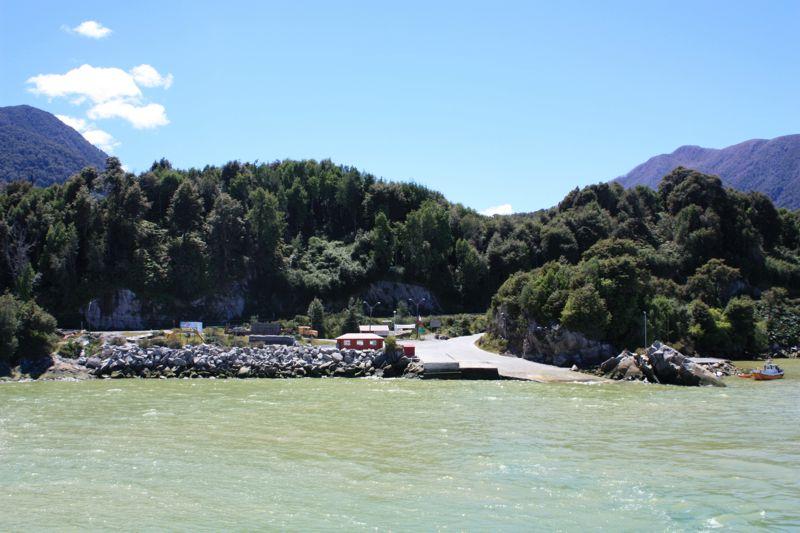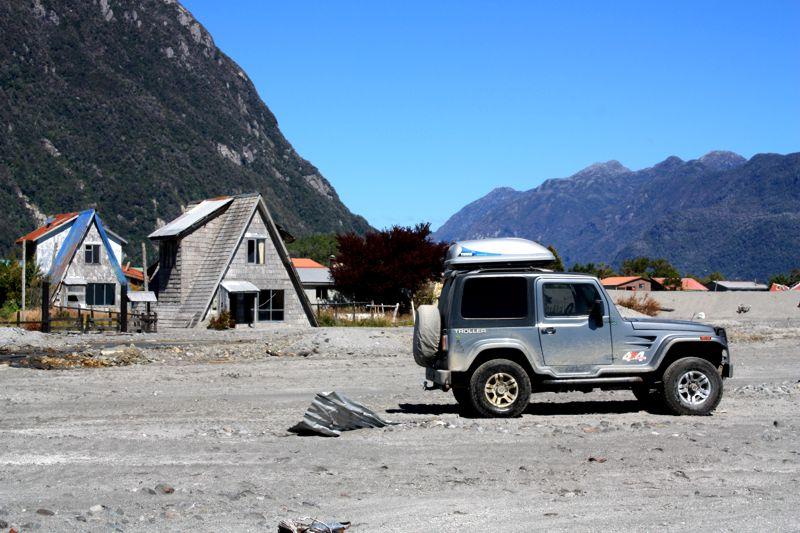Pictures of: Lakes Region, Chile
Location map
Airports
Hotels and other Accommodation
What to visit
Where to Eat
Where to have fun
Consulates & Embassies
World Nomads
The Travel Insurance with the largest coverage

The Travel Insurance with the largest coverage

Los Lagos
Los Lagos, a region created in 1974, south of Chile, on the border with Argentina, to the east and facing the Pacific Ocean to the west, is one of the 15 regions of Chile, composed of four provinces: Chiloé, Llanquihue, Osorno and Palena.
The region contains the second largest island in the country, Chiloé, and the second largest lake, the Llanquihue.
Its capital is Puerto Montt, and other important cities are Osorno, Castro, Ancud, and Puerto Varas.
The continental part of the Region of the South Lakes of Reloncavi Som (Province Palena) is considered part of Patagonia.
The Andes mountain range dominates the southeast of the continent of the region, its altitude being very low, but its peaks rise between glacial valleys.
The region is home to Monte Verde, one of the oldest archaeological sites in the Americas. The largest indigenous group in the region is the huilliche who lived in the region before the arrival of the Spaniards.
The Spanish crown colonized the archipelago of Chiloé in 1567, while the rest of the region began to be slowly colonized by non-indigenous people only in the late 18th century.
In the 1850s the Germans arrived to colonize the shores of Lake Llanquihue under a program sponsored by the Chilean state.
The region contains the second largest island in the country, Chiloé, and the second largest lake, the Llanquihue.
Its capital is Puerto Montt, and other important cities are Osorno, Castro, Ancud, and Puerto Varas.
The continental part of the Region of the South Lakes of Reloncavi Som (Province Palena) is considered part of Patagonia.
The Andes mountain range dominates the southeast of the continent of the region, its altitude being very low, but its peaks rise between glacial valleys.
The region is home to Monte Verde, one of the oldest archaeological sites in the Americas. The largest indigenous group in the region is the huilliche who lived in the region before the arrival of the Spaniards.
The Spanish crown colonized the archipelago of Chiloé in 1567, while the rest of the region began to be slowly colonized by non-indigenous people only in the late 18th century.
In the 1850s the Germans arrived to colonize the shores of Lake Llanquihue under a program sponsored by the Chilean state.
Tourism
Tourism is economically important in the Andes, where ski resorts, hot springs and fishing are the most popular recreational offerings.
As its name suggests, the region is filled with freshwater lakes, including Lake Chiloe, Llanquihue.
For those whose adventure desire does not exceed day trips, the lake is surrounded by small towns that offer a picturesque setting with a wide range of reasonably priced accommodations.
The Maullin river basin is a privileged area for bird watching.
In the last 50 years, ecotourism has been one of the keys to the reconstruction of the area. Local guides conduct excursions to see the Chilean Flamingo, several varieties of pelicans and cormorants, ducks, condors, geese and seagulls.
One hour drive southwest of Puerto Montt, a ferry connects to Chiloé Island. Here one can find 16 sites classified as World Heritage by UNESCO, churches built during the Spanish colonization of the 18th century and the German colonization of the 19th century. Both cultures are strongly evident in much of the architecture throughout the area. It is in Chiloé that you can also see in the penguins of Humboldt, Penguins Magellan, and along the southern tip of the island sometimes blue whales are seen.
Chiloé is also the center of the growing regional agro-tourism industry. Farms for stays, horseback riding, kayaking and birdwatching tours can be arranged through a group of local operators.
As its name suggests, the region is filled with freshwater lakes, including Lake Chiloe, Llanquihue.
For those whose adventure desire does not exceed day trips, the lake is surrounded by small towns that offer a picturesque setting with a wide range of reasonably priced accommodations.
The Maullin river basin is a privileged area for bird watching.
In the last 50 years, ecotourism has been one of the keys to the reconstruction of the area. Local guides conduct excursions to see the Chilean Flamingo, several varieties of pelicans and cormorants, ducks, condors, geese and seagulls.
One hour drive southwest of Puerto Montt, a ferry connects to Chiloé Island. Here one can find 16 sites classified as World Heritage by UNESCO, churches built during the Spanish colonization of the 18th century and the German colonization of the 19th century. Both cultures are strongly evident in much of the architecture throughout the area. It is in Chiloé that you can also see in the penguins of Humboldt, Penguins Magellan, and along the southern tip of the island sometimes blue whales are seen.
Chiloé is also the center of the growing regional agro-tourism industry. Farms for stays, horseback riding, kayaking and birdwatching tours can be arranged through a group of local operators.
Gastronomy
The Los Lagos region the economy is dominated by the services sector, but based on fishing, salmon aquaculture, forestry and livestock.
It is not difficult to realize that all gastronomy revolves around these three types of products: salmon, wine and meat.
But what one eats more are dishes prepared of different forms but always with salmon.
Other ingredients that accompany it, are white wine syrup, mushrooms, sesame, and of course, salmon fillet. For follow-up, you will need turmeric to increase the rice and apples to puree.
As for the meats are served the best of various types of animals of the region in the famous barbecues.
It is not difficult to realize that all gastronomy revolves around these three types of products: salmon, wine and meat.
But what one eats more are dishes prepared of different forms but always with salmon.
Other ingredients that accompany it, are white wine syrup, mushrooms, sesame, and of course, salmon fillet. For follow-up, you will need turmeric to increase the rice and apples to puree.
As for the meats are served the best of various types of animals of the region in the famous barbecues.
Weather
The region, in general, has a natural vegetation of the temperate Valdivian forest.
The coastal part, except for the south of the Island of Chiloé, has a temperate climate, with cold winter rain. To the south, the climate is characterized by constant rains and by not having dry seasons.
The coastal part, except for the south of the Island of Chiloé, has a temperate climate, with cold winter rain. To the south, the climate is characterized by constant rains and by not having dry seasons.
Other tourist destinations in:
Chile
Chile
Other world tourist destinations
Why to book with TRAVEL CLUBE
The best prices
Our partnerships with the world´s largest operators offer research on the best market prices.
More options
At Rotas Turisticos you can book the hotel, buy the air ticket, book the transfer from the airport to the hotel and vice versa, book the local excursions, rent the car, take travel insurance and consult the places to visit and where to go.
Holiday Tips & Destinations
Hundreds of holiday destinations with all the options that allow you to easily choose the destination that best suits your dream vacation.
TRAVEL CLUBE
Links

